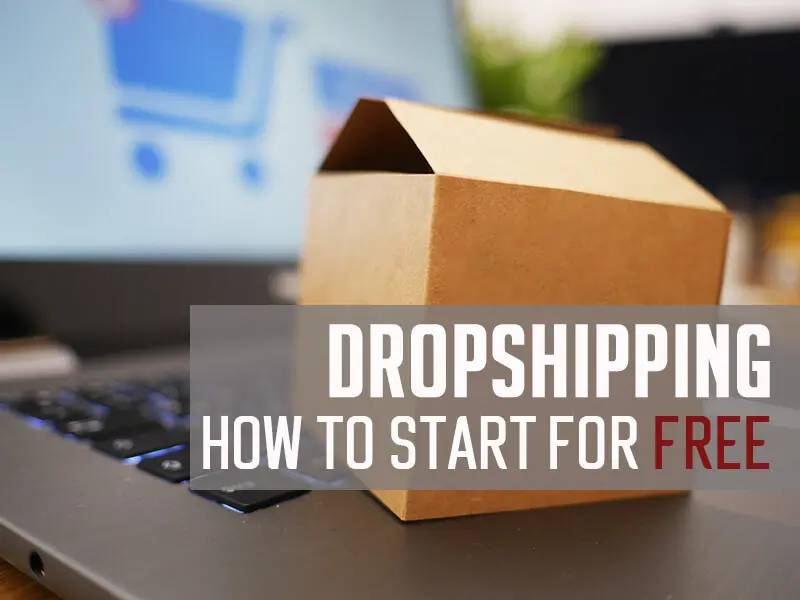Unlock the Secrets to Building Your Own Profitable Dropshipping Empire!
In recent years, dropshipping has emerged as a leading business model within the e-commerce landscape, capturing the attention of aspiring entrepreneurs worldwide. Its appeal lies in the unique opportunity it offers: the ability to run a retail business without holding any inventory. This flexibility allows individuals to dive into the entrepreneurial world with minimal upfront investment, making it a popular choice for those looking to achieve financial independence. This article aims to provide a comprehensive dropshipping guide on how to start a dropshipping business, complete with insights into the processes involved, strategies for success, and personal anecdotes to inspire you on your journey.

Understanding Dropshipping
Dropshipping is a retail fulfillment method where a store doesn't keep the products it sells in stock. Instead, when a store sells a product, it purchases the item from a third party and has it shipped directly to the customer. This means that the retailer never sees or handles the product, streamlining the entire process. In this model, suppliers take on the role of inventory holders and shippers, while retailers focus on sales and customer service. The advantages of dropshipping include low startup costs, a wide range of products to sell, and the ability to operate from anywhere. However, challenges such as lower profit margins, dependency on suppliers for product quality, and intense competition should also be considered when venturing into this business.
Setting Up Your Dropshipping Business
Starting a dropshipping business involves several essential steps. First, conducting thorough market research is crucial to identify trending products and consumer demands. Once you’ve gathered this information, selecting a niche that aligns with your interests and expertise can help keep you motivated. Defining your target customers is equally important, as it allows you to tailor your marketing strategies effectively. Choosing the right products to sell is fundamental to your success; consider factors like supplier reliability, product quality, and shipping times. Additionally, establishing a solid relationship with your suppliers can set you apart from competitors, ensuring a smooth operational flow.
Selecting Suppliers
Finding reliable suppliers is critical for your dropshipping business. Start by researching potential suppliers and evaluating their reputation through reviews and testimonials. Look for suppliers that offer quality products, competitive pricing, and efficient shipping options. Building a strong relationship with your suppliers can lead to better communication, favorable terms, and access to exclusive products. It’s helpful to order samples to assess product quality firsthand before making a commitment. A good supplier can be the backbone of your dropshipping venture, greatly influencing your overall success.
Building Your Online Store
Creating an online store can be achieved through various platforms, each with its pros and cons. Popular options include website builders like Shopify, WooCommerce, and BigCommerce. Shopify is known for its user-friendly interface and extensive app marketplace, while WooCommerce is a great option for those familiar with WordPress. When designing your store, ensure it is visually appealing and easy to navigate, as user experience is crucial for conversion rates. Essential elements include high-quality images, clear product descriptions, an intuitive checkout process, and customer reviews to build trust. Additionally, incorporating SEO best practices will help your store rank higher in search engine results, attracting more potential customers.
Marketing Your Dropshipping Business
Once your online store is up and running, effective marketing strategies are essential to attract customers. Embrace digital marketing tactics such as social media marketing, search engine optimization (SEO), and email marketing to reach a broader audience. Social media platforms allow you to showcase your products visually and engage directly with potential customers, while SEO helps improve your store's visibility in search engine results. Establishing a strong brand presence and fostering customer loyalty is vital; consider offering discounts, creating informative content, and maintaining excellent customer service. Building a community around your brand can lead to repeat business and positive word-of-mouth referrals.
Starting Your Profitable Dropshipping Journey
In summary, starting a dropshipping business requires careful planning and execution, but with the right knowledge and strategies, you can build a successful enterprise. From understanding the dropshipping model to selecting suppliers and marketing your online store, each step is crucial in establishing a profitable business. Remember that the journey may come with challenges, but persistence and adaptability will lead to growth. Now is the time to take action and embark on your dropshipping journey—your profitable empire awaits!






Comments